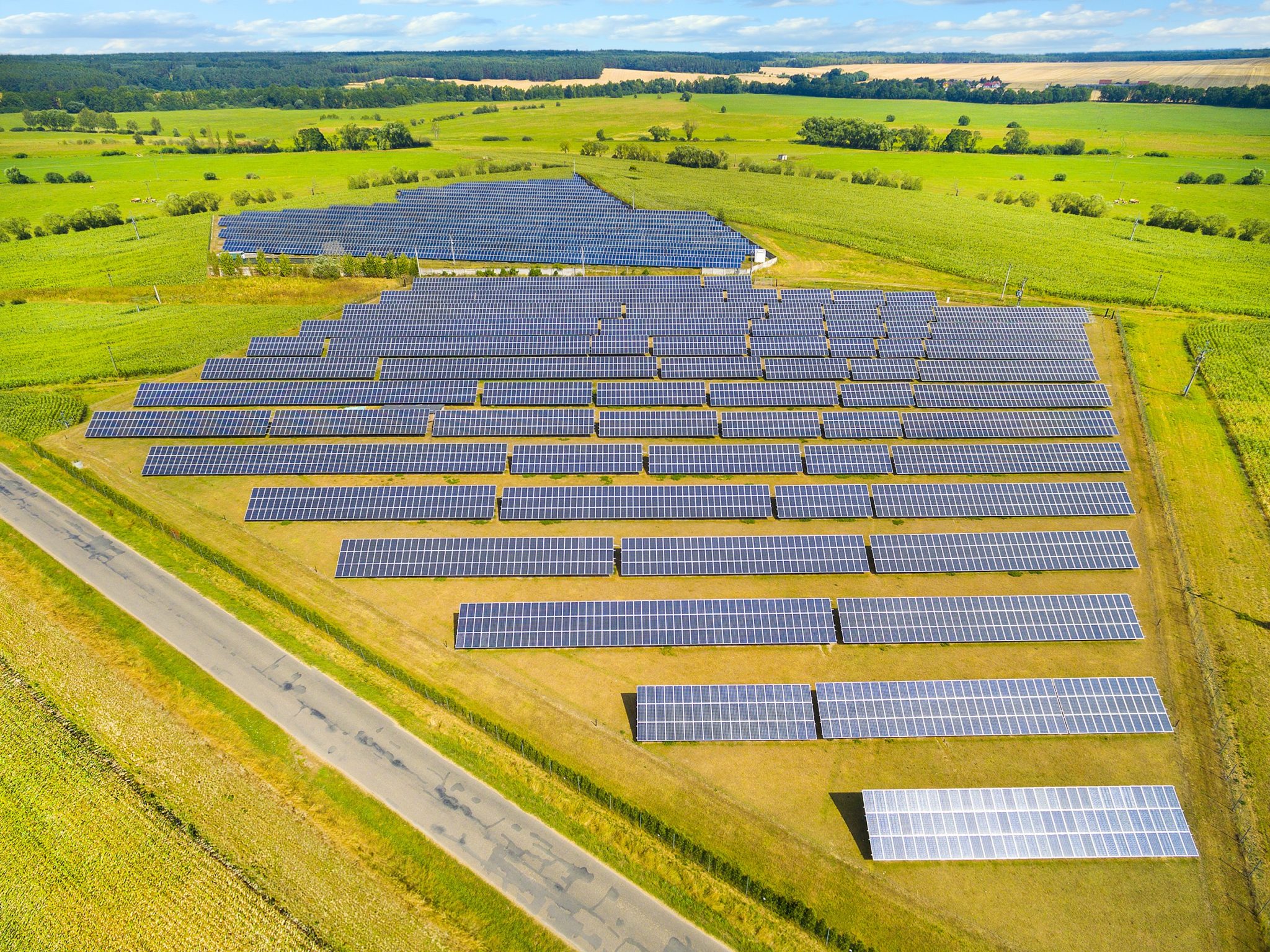
Solar farms use agricultural solar energy systems to provide commercial-grade power to help save farms energy while also supplying energy for nearby power grids. If you are interested in this type of commercial and industrial solar in California, it’s a good idea to start with potential solar farm sites. Let’s look at the broad requirements you will be working with.
Acreage Required
The good news is that a commercial solar company like Coldwell Solar can design solar energy installation in a variety of sizes and shapes – you may be surprised how many potential locations could be potential sites. However, there are constraints depending on how much electricity the installation needs to provide. For a 1MW commercial solar installation, between 4 and 5 acres of land are typically required for the entire installation. A smaller installation designed to provide supplemental power to a farm may only need half that space. A larger utility-scale installation, on the other hand, may need up to 30 acres or more.
When you partner with Coldwell Solar, we can discuss the size of the solar installation, what output will work best, and what design options can help reach your goals with the space that you have.
Geography
Solar farmland needs to be as flat as possible for an ideal installation – within acceptable limits. Gentle slopes are usually not a problem, and sometimes a low slope facing the south or east can even help maximize exposure to sunlight. On the other hand, it’s important to choose land that’s away from hills or structures that could overshadow the solar panels.
General Location
There are few requirements for how close the solar installation must be to developed land or towns/cities. However, the more distant the installation, the more additional factors must be considered. Construction costs may rise if transportation to the site is longer or more difficult, and a certain amount of access will be required (proximity to main roads is often important).
Larger solar installations should also be close enough to electric grids to allow for an affordable connection to feed excess energy into the grid. If a site is too far away from a potential grid connection location, it may not be a viable option. Again, Coldwell Solar will discuss options and specifics during our consultation process, but installations more than a mile or so away from a grid connection start becoming less feasible.
Preparation
Farms have the option to landscape an area to prepare it for a solar installation. For example, if there is a site that could work but it is currently overrun by brush and trees, clearing out the vegetation could make it a value option. Sometimes earthwork can also be done to deal with problematic slopes or ditches. However, this can significantly increase the development costs, and may make it difficult to find a PPA or other financing option with a low initial cost.
Environmental Regulations
There are also important environmental regulations that must be considered when looking for ideal solar farm sites. California regulations apply, and the site cannot be near any wetlands or on a floodplain that increases the chances of flooding and other issues.
A solar energy company in California like Coldwell Solar can help arrange for design, permits, and construction so you don’t have to worry about it. If you’re looking for commercial solar energy solutions in California, contact us to learn more and arrange a meeting.

